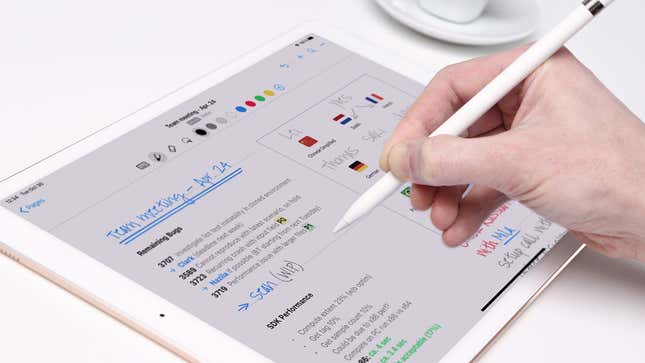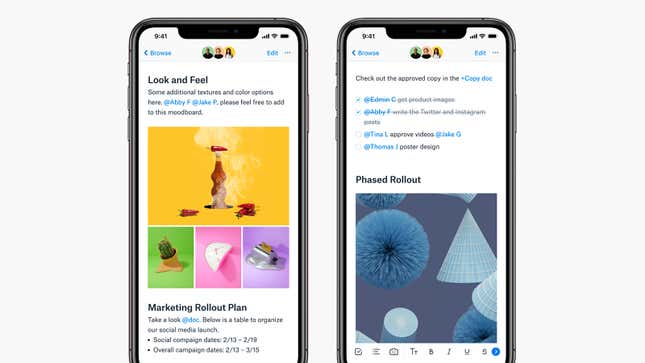
Being a notepad and pen replacement is just one of the roles that smartphones fill for us now—alongside being our go-to digital cameras, musical jukeboxes, address books, ever-expanding encyclopedias and so much more. Not all the note-taking apps for phones and tablets are created equal, though: Whatever the reason you need to take down notes, these are the best tools to do the job.







